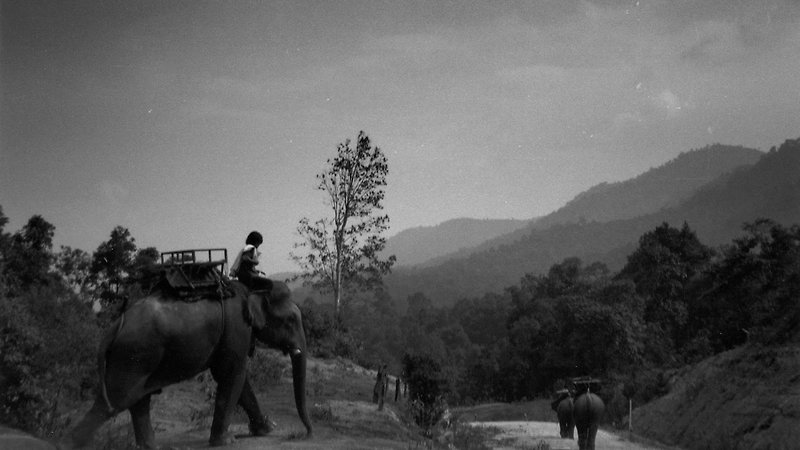
Screened as part of NZIFF 2001
Mysterious Object at Noon 2000
Dogfar nai mae marn
How many documentarians have focused on the act of constructing stories themselves? Mysterious Object at Noon, a weird, wonderful and altogether sui generis new documentary from Thailand, does just that, and in the process engages, unhinges and forever deranges the way that stories and cultural histories could – and perhaps should – be told.
The inspiration for Mysterious Object at Noon was the old Surrealist storytelling technique known as Exquisite Corpse, wherein a variety of writers would contribute to a story one sentence at a time, without knowing much about what the previous sentences contained. Director Apichatpong Weerasethakul – you can call him Joe – spent some time studying American experimental film at the Art Institute of Chicago and wandered into a museum exhibition on Surrealism between classes. When he got back to Bangkok he decided he’d use the technique to structure a documentary, and he set out with a small crew, a 16mm camera and the goal of interviewing people throughout the country, learning a little bit about their lives and then asking them to contribute to the film’s evolving story.
What emerges is at once a portrait of Thailand’s disenfranchised lower classes – farmers, fruit vendors, village performers of mor lam (a song-and-storytelling hybrid extremely popular in the rural northeast) – and a fractured group-narration of a story about a handicapped boy and his tutor, a woman named Dogfar. One minute you’ll be watching some fly-on-the-wall coverage of a conversation, the next you’re inside a re-creation of a story fragment someone’s just contributed, and then just as suddenly you’re watching what appears to be a snippet of ‘real’ Thai television – which seems to be commenting on the actions you’ve just seen. Infectious and willfully incoherent, Mysterious Object at Noon lives up to its title when a strange object rolls out of Dogfar’s apron and becomes, in the space of a cut, a kind of precocious homunculus of the handicapped kid we’ve only just begun to recognize…
The film’s Thai title translates as Dogfar in the Devil’s Hand, a reference to the type of hyperbolic melodramas that have historically made up the bulk of Thai cinema, and throughout the film various popular and traditional Thai storytelling forms – songs, soap operas, theatrical clichés – intersect with Joe’s modernist designs. Any other influences? ‘Oh yeah,’ says Joe, ‘Duchamp and Andy Warhol.’ — Chuck Stephens, Filmmaker, Spring/00